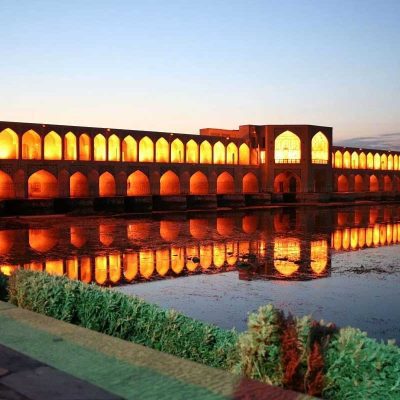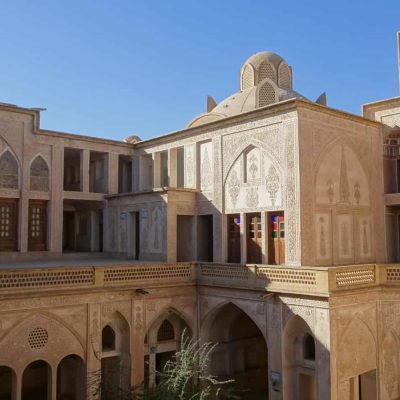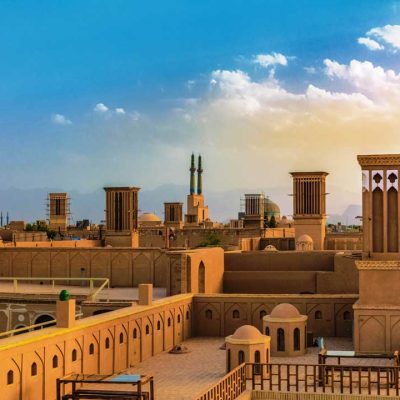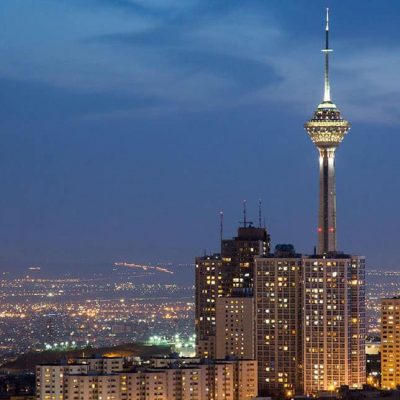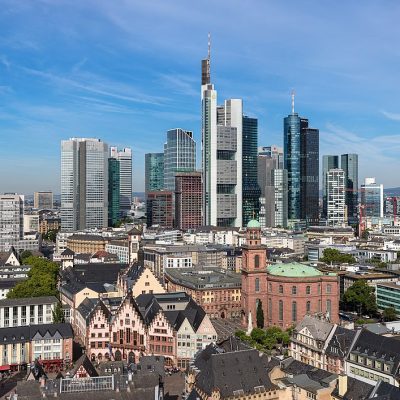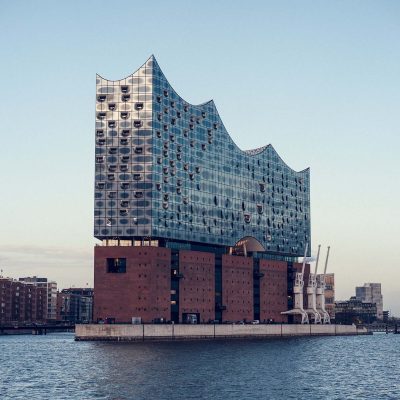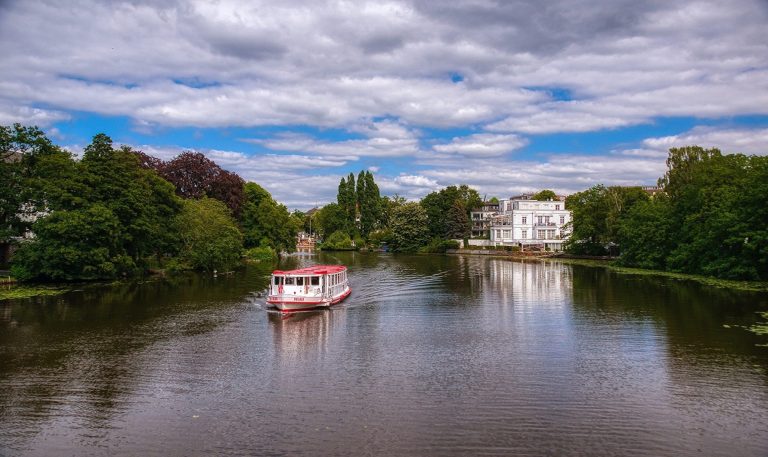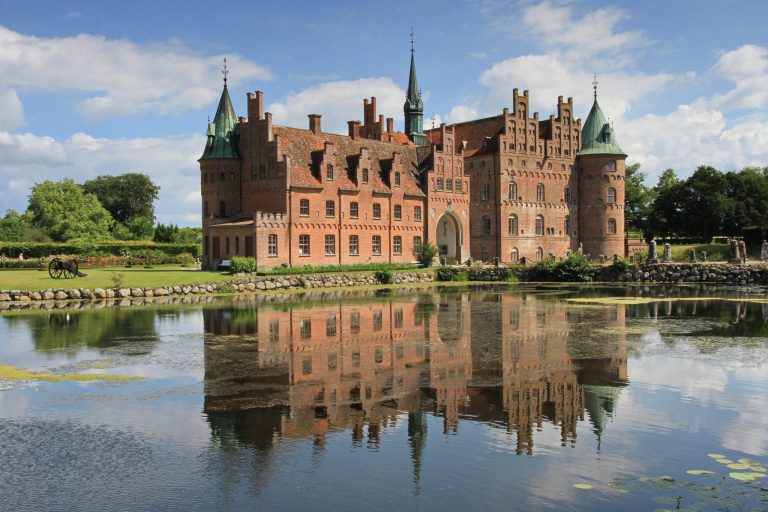“Siosepol Bridge ” was constructed in the 17th century by the order of the iconic Safavid king, Shah-Abbas to be a connection between the northern and the southern parts of Isfahan city. “Siosepol” means “33 arches bridge” and refers to its 33 arches structure. With its amazingly symmetrical structure, Siosepol bridge is an architectural masterpiece. it is 300 meters long and 14 meters wide and is built on the Zayandehrud River. the bridge has a really spectacular view in rainy seasons. The arch-like façade is called “Taghnama” and the whole structure is made of bricks. The bridge is a paved pedestrian area that leads up to “Chaharbagh-e Abbasi”, the main historic boulevard of Isfahan, including four flourishing gardens with plane trees lining on its either side. In the past, “Siosepol” used to be a place for the Armenian minority of Isfahan to hold their ceremonies near “Zayandehrud”.
Nowadays “Siosepol bridge” is not just a linking path but it has become a social place. In the evenings after the sun sets down, it will be crowded with families strolling over the bridge and pedestrians can take a look at the river stream through the hatches made for this purpose. The walking area is bounded by two high walls that protect people from the winds and falling. there are many restaurants, cafes, and tea-houses in the area and this bridge is one of the main tourist destinations. Tourists can watch the Isfahan lifestyle and enjoy street musicians. By sunset, the bridge comes to life. “Siosepol” will be lightened with hundreds of lamps. The picture of the bridge reflections in the river at night has always been one of the symbolic scenes of Isfahan city on postcards.Read more about this Fantastic City Here.



